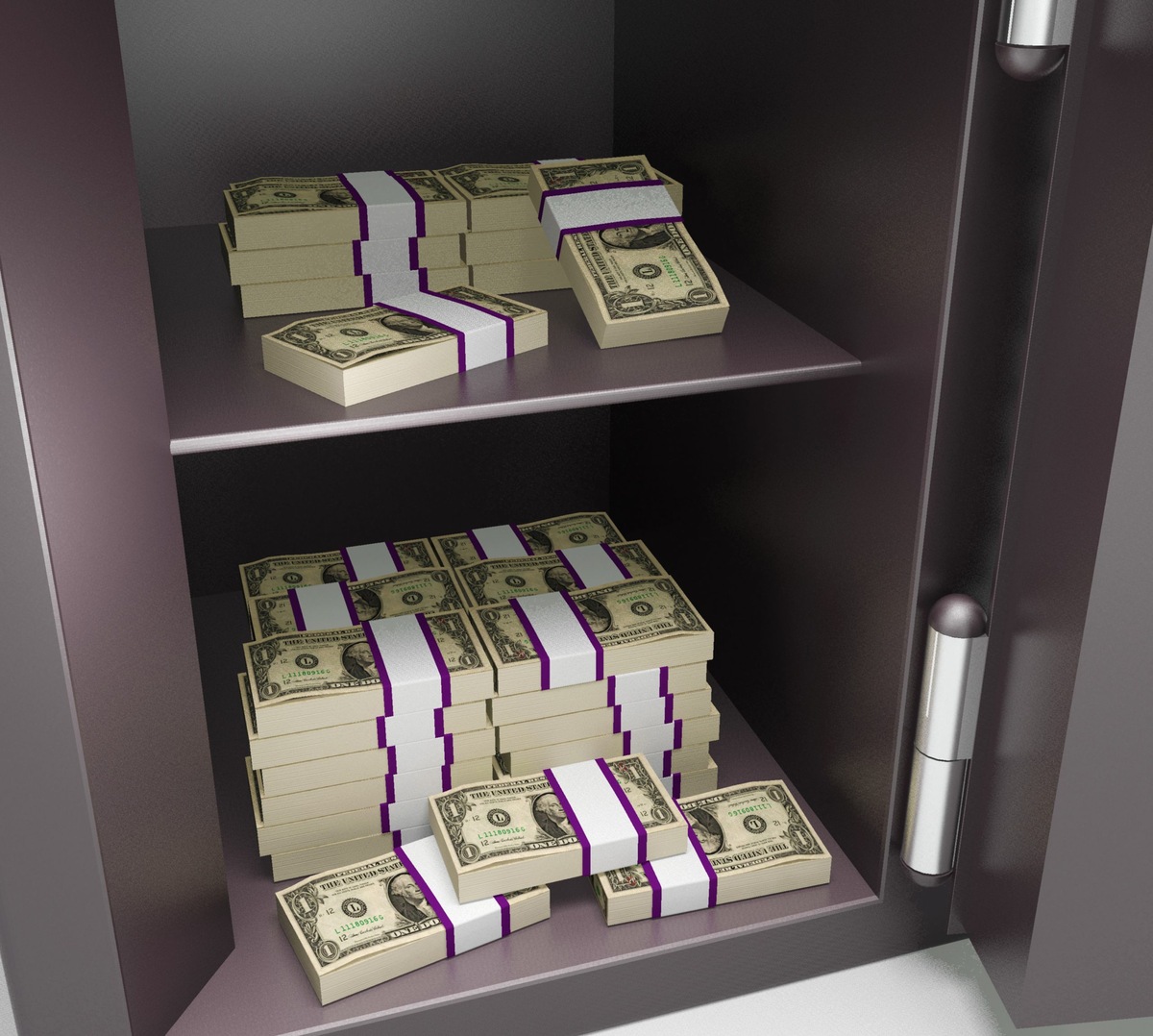

Articles
How To Store Money In A Safe
Modified: October 20, 2024
Learn how to securely store your money in a safe with our informative articles. Explore expert tips and advice to keep your valuables protected.
(Many of the links in this article redirect to a specific reviewed product. Your purchase of these products through affiliate links helps to generate commission for Storables.com, at no extra cost. Learn more)
Introduction
Welcome to our guide on how to store money in a safe. Whether you’re a business owner or an individual looking to safeguard your cash, having a secure and organized storage solution is essential. In this article, we will explore the key considerations for choosing the right safe, the optimal location for safe storage, effective methods for organizing and storing cash, securing other valuable items and important documents, additional security measures to enhance protection, and regular maintenance tips to ensure the longevity and functionality of your safe.
Having a safe for storing money provides peace of mind and helps protect against theft, loss, or damage. However, it’s crucial to make informed decisions when selecting a safe and implementing proper storage practices. By following the guidelines outlined in this article, you’ll be equipped with the knowledge and strategies to ensure the safety and security of your cash holdings, whether at home or in a business setting.
Before we delve into the specifics of safe storage, let’s first discuss the factors to consider when choosing the right safe for your needs.
Key Takeaways:
- Choose the right safe: Consider factors like type, locking mechanism, size, and burglary rating. Prioritize security, accessibility, and protection when selecting the location for safe storage.
- Organize and secure: Separate currency, categorize cash, and use protective packaging for valuables and documents. Implement additional security measures like alarm systems and surveillance cameras for enhanced protection.
Read more: How To Store Money In A Safe Without Mold
Choosing the Right Safe
When it comes to selecting a safe for storing money, there are several important factors to consider. Here are some key considerations to keep in mind:
- Type of Safe: Safes come in various types, including wall safes, floor safes, and freestanding safes. Assess your space and determine which type best suits your needs. Additionally, consider factors such as fire resistance and waterproof capabilities, especially if you need to store cash and valuables that are sensitive to temperature or moisture.
- Locking Mechanism: Choose a safe with a robust and reliable locking mechanism. Options include key locks, combination locks, electronic locks, and biometric locks (fingerprint recognition). Evaluate the pros and cons of each type based on your preferences, convenience, and security requirements.
- Size and Capacity: Consider the amount of cash you need to store and any other valuable items you might want to keep secure. Select a safe size and capacity that will accommodate your current needs while allowing room for future growth.
- Burglary Rating: For maximum protection, look for safes with high burglary ratings. These ratings are assigned by organizations such as Underwriters Laboratories (UL) and indicate the level of security and resistance against break-ins.
- Price and Budget: Determine your budget and compare prices from different manufacturers. Remember, the cost of a safe should be seen as an investment in the security of your money and valuables.
- Insurance Requirements: If you plan to insure your stored cash, check with your insurance provider to determine any specific requirements or recommendations for the type of safe and security features needed to qualify for coverage.
Remember, each person’s security needs and preferences may differ, so carefully assess these factors before making a final decision on the type of safe that best suits your requirements. In the next section, we’ll discuss the ideal location for safe storage.
Location for Safe Storage
Choosing the right location for your safe is crucial for ensuring its effectiveness and security. Here are some important considerations when determining the location for safe storage:
- Accessibility: Select a location that provides easy access to your safe, especially if you need frequent access to your cash or other important documents. Consider both convenience and privacy when deciding on the accessibility of your safe.
- Hidden and Discreet: It’s essential to keep your safe hidden and discreet to avoid attracting unnecessary attention. Consider placing it in a less obvious location, away from prying eyes and potential thieves. Concealing the safe behind furniture, wall hangings, or in a dedicated storage room can help maintain secrecy and security.
- Stability: Ensure that the chosen location can support the weight of the safe, especially if it’s a larger or heavier model. A solid and stable foundation will prevent the safe from toppling over or causing damage to the surrounding area.
- Fire and Water Protection: If you live in an area prone to fires or water damage, consider placing your safe in a location that offers additional protection against these hazards. Opt for a fire-resistant and waterproof safe or position it in a room or area that is less susceptible to these risks.
- Avoid Obvious Locations: Avoid placing your safe in predictable locations such as master bedrooms, closets, or the office. These are often the first places burglars will search. Instead, consider unconventional areas like basements, garages, or hidden compartments.
- Consider Anchoring: For added security, consider anchoring your safe to the floor or wall. This will make it extremely difficult for thieves to remove the safe from the premises.
- Temperature and Humidity Control: If you store cash or sensitive documents that are affected by temperature and humidity, choose a location that provides adequate temperature and humidity control. Avoid areas with extreme temperature fluctuations or high humidity levels.
Remember, the location you choose for your safe should prioritize security, accessibility, and protection from potential hazards. In the next section, we’ll discuss effective methods for organizing and storing cash within your safe.
Organizing and Storing Cash
When it comes to storing cash in your safe, organization is key. Proper organization not only ensures easy access to your funds but also helps prevent damage and maintain the integrity of your cash holdings. Here are some effective methods for organizing and storing cash:
- Currency Separation: Keep different currency denominations separated to facilitate quick and efficient transactions. Use separate compartments, envelopes, or cash trays to sort and stack different denominations.
- Categorize by Purpose: If you have cash designated for specific purposes such as business expenses or personal savings, consider allocating separate sections of your safe for each purpose. This helps you keep track of your financial goals and easily access the cash you need.
- Use Cash Straps or Bands: Cash straps or bands are an excellent way to further organize your cash and keep it neatly bundled together. Use different colored cash straps for different denomination groups, making it easy to identify and count cash quickly.
- Label and Account for Cash Amounts: Label your cash bundles with the amount to ensure accuracy and avoid confusion. Regularly reconcile the amount of cash stored in your safe with your accounting records to maintain financial transparency and accountability.
- Utilize Cash Bags or Pouches: Cash bags or pouches can provide an additional layer of protection for your cash. Use sealed or tamper-evident bags to secure cash bundles and keep them organized within your safe.
- Consider Cash Deposit Trays: If you frequently handle cash deposits, consider investing in a cash deposit tray. These trays allow for easy and secure depositing of cash while keeping it organized and separate from stored funds.
- Avoid Excessive Cash Storage: Only keep the necessary amount of cash on hand. Excessive cash storage can increase the risk of loss or theft. Regularly deposit excess cash into a secure bank account.
- Regular Maintenance: Regularly inspect and organize your cash storage area. Remove any damaged or worn bills and replace them with fresh ones. Dust and clean the interior of your safe to prevent buildup, which can damage both the cash and the safe itself.
By implementing these strategies, you can maintain a well-organized and secure cash storage system within your safe. In the next section, we will explore how to secure other valuable items and important documents.
Consider storing money in a fireproof safe or a safe deposit box at a bank. Keep the safe in a secure, hidden location and avoid sharing the location with others.
Securing Valuables and Important Documents
Apart from cash, many individuals also store other valuable items and important documents in their safe. It’s essential to take the necessary steps to secure these items and ensure their protection. Here are some tips for securing valuables and important documents within your safe:
- Use Protective Packaging: For delicate or fragile items, use protective packaging such as bubble wrap or foam inserts to prevent damage during storage.
- Categorize and Label: Categorize and label the different types of valuables and documents stored in your safe for easy identification and retrieval when needed. Consider using labeled folders, envelopes, or storage containers.
- Consider Safes with Separate Compartments: If you have a wide range of valuables, including jewelry, watches, or small electronic devices, consider getting a safe with separate compartments or drawers designed specifically for these items. This will help keep them organized and prevent damage or scratching.
- Secure Important Documents: Store important documents such as passports, social security cards, property deeds, and insurance policies in a separate section of your safe. Consider using fire-resistant document bags or containers for an additional layer of protection against fire and water damage.
- Create Backup Copies of Documents: For added security, create digital copies or scans of important documents and store them securely on an external hard drive or in cloud storage. This ensures you have a backup in case the original documents are lost or damaged.
- Store Sentimental Items: If you have sentimental items, such as family heirlooms or sentimental jewelry, that hold significant emotional value, consider storing them in a safe to protect them from theft, loss, or damage.
- Review and Update Inventory: Regularly review and update the inventory of items stored in your safe. This will help you keep track of what you have, identify any missing items, and ensure you have adequate insurance coverage if necessary.
- Document Storage and Organization: Use folders or binders to organize important documents within your safe. This will make it easier to find and access specific documents when needed.
- Consider Dual Safes or Vaults: If you have an extensive collection of valuable items or highly sensitive documents, consider investing in dual safes or a secure vault. These provide an extra layer of security and are often used by businesses or individuals with high-value assets.
By following these guidelines, you can effectively secure your valuable items and important documents within your safe, providing you with peace of mind and protection. In the next section, we’ll explore additional security measures you can take to enhance the overall safety of your safe and its contents.
Read more: How To Store Money At Home
Additional Security Measures
While choosing the right safe and implementing proper storage practices are essential steps in securing your money, valuables, and documents, there are additional security measures you can take to further enhance the safety of your safe and its contents. Here are some recommendations:
- Alarm Systems: Install an alarm system in your home or office that includes sensors for doors and windows near the location of your safe. This provides an added layer of protection by alerting you or a security monitoring company of any unauthorized access attempts.
- Surveillance Cameras: Install surveillance cameras in the area where your safe is located. These cameras can act as a deterrent to potential thieves and provide evidence in the event of a break-in.
- Security Lighting: Ensure that the area surrounding your safe is well-lit. Adequate outdoor lighting can help deter criminals and improve visibility in case of suspicious activity.
- Access Control: Limit access to your safe by implementing access control measures such as key cards, PIN codes, or biometric authentication. Restricting access to authorized individuals minimizes the risk of unauthorized entry.
- Security Safes within a Safe: Consider using smaller, internal security safes within your main safe to provide an additional layer of protection for high-value items. This added security measure makes it more challenging for thieves to access your most valuable possessions.
- Safe Room / Panic Room: If you have significant security concerns or valuable assets, consider creating a safe room or panic room in your home or office. These rooms are reinforced with robust security features and provide a secure retreat in the event of a threat.
- Regularly Change and Upgrade Locks: Periodically change the locks on your safe and consider upgrading to more secure locking mechanisms if necessary. This helps prevent unauthorized access and keeps up with the latest advancements in safe technology.
- Security Audits: Conduct regular security audits to identify any vulnerabilities in your overall security setup. This can be done by professional security consultants who can assess your premises and make recommendations on potential improvements.
- Insurance Coverage: Ensure that your valuable items and cash are adequately insured. Consult with your insurance provider to understand the coverage available for stored money, valuables, and important documents within your safe.
Implementing these additional security measures will greatly enhance the overall safety and protection of your safe and its contents. However, it’s important to strike a balance between security and convenience, ensuring that authorized access remains easily accessible while unauthorized access is strictly prevented. In the next section, we’ll discuss the importance of regular maintenance and inspections for your safe.
Regular Maintenance and Inspections
Maintaining your safe through regular inspections and maintenance is crucial to ensure its longevity, functionality, and continued security. By following these recommendations, you can extend the lifespan of your safe and keep it in optimal condition:
- Clean and Dust Regularly: Dust and debris can accumulate inside your safe over time, potentially affecting the safe’s locking mechanism and compromising its security. Regularly clean and dust the interior of your safe using a soft cloth or brush.
- Inspect for Signs of Wear and Tear: Periodically inspect the exterior and interior of your safe for any signs of damage, such as rust, corrosion, broken hinges, or loose handles. Promptly address any issues or consult a professional safe technician for repairs.
- Lubricate Moving Parts: Over time, the moving parts of your safe, such as hinges, bolts, and locking mechanisms, may require lubrication to ensure smooth operation. Use a lubricant recommended by the safe manufacturer and follow their instructions.
- Test the Locking Mechanism: Regularly test the locking mechanism of your safe to ensure it is functioning properly. Check the integrity of the lock, combination dial, electronic keypad, or biometric sensor to guarantee secure access to your stored items.
- Change Combinations and Passwords: Consider changing the combinations or passwords for your safe’s lock periodically. This practice helps maintain security and prevents unauthorized access by individuals who might have knowledge of the previous codes or passwords.
- Contact Professional Safe Technicians: If you notice any issues with your safe, or if it requires servicing or repairs, it’s best to consult a professional safe technician. These experts have the knowledge and experience to address any problems and ensure the safe remains secure.
- Keep an Inventory: Maintain an inventory of the contents stored in your safe, including cash, valuables, and important documents. Regularly update the inventory list to keep track of the items stored and their current value for insurance purposes.
- Secure Backup Keys and Combinations: If you have spare keys, combinations, or passwords for your safe, make sure to store them securely in a separate location. This prevents unauthorized access if your primary access methods are lost or compromised.
- Follow Manufacturer’s Maintenance Guidelines: Consult the safe manufacturer’s user manual for specific maintenance guidelines and recommendations. They will provide instructions tailored to your safe model, ensuring proper care and maintenance.
By regularly inspecting and maintaining your safe, you can address potential issues early on and ensure its continued functionality. Proactive maintenance minimizes the risk of malfunctions or unexpected failures, helping to guarantee the security of your stored money, valuables, and important documents.
Now that we have covered the importance of regular maintenance and inspections, let’s conclude our guide on storing money in a safe.
Conclusion
Storing money in a safe is a smart and responsible way to protect your cash, valuables, and important documents from theft, loss, or damage. By following the guidelines outlined in this article, you can ensure the safety and security of your stored items.
Choosing the right safe is crucial, considering factors such as type, locking mechanism, size, burglary rating, and budget. Additionally, selecting an optimal location for your safe is important for accessibility, hiddenness, stability, and protection against fire and water damage.
When it comes to organizing and storing cash within your safe, currency separation, categorization, labeling, and the use of cash straps or bands can help maintain order and ease of access. Similarly, using protective packaging and categorization for other valuable items and important documents ensures their preservation and easy retrieval.
Implementing additional security measures such as alarm systems, surveillance cameras, access control, and security lighting can further enhance the safety of your safe and deter potential intruders. Regular maintenance, inspections, and following manufacturer guidelines are crucial to keeping your safe in optimal condition.
Remember, while a safe provides excellent protection, it does not guarantee absolute security. It is important to maintain proper security practices in your home or office and adhere to any insurance requirements for coverage of stored items.
By following these best practices for safe storage, organization, and security, you can have peace of mind knowing that your money, valuables, and important documents are well-protected. Safeguarding your assets and maintaining a secure storage solution is an essential step towards financial security and peace of mind.
Frequently Asked Questions about How To Store Money In A Safe
Was this page helpful?
At Storables.com, we guarantee accurate and reliable information. Our content, validated by Expert Board Contributors, is crafted following stringent Editorial Policies. We're committed to providing you with well-researched, expert-backed insights for all your informational needs.
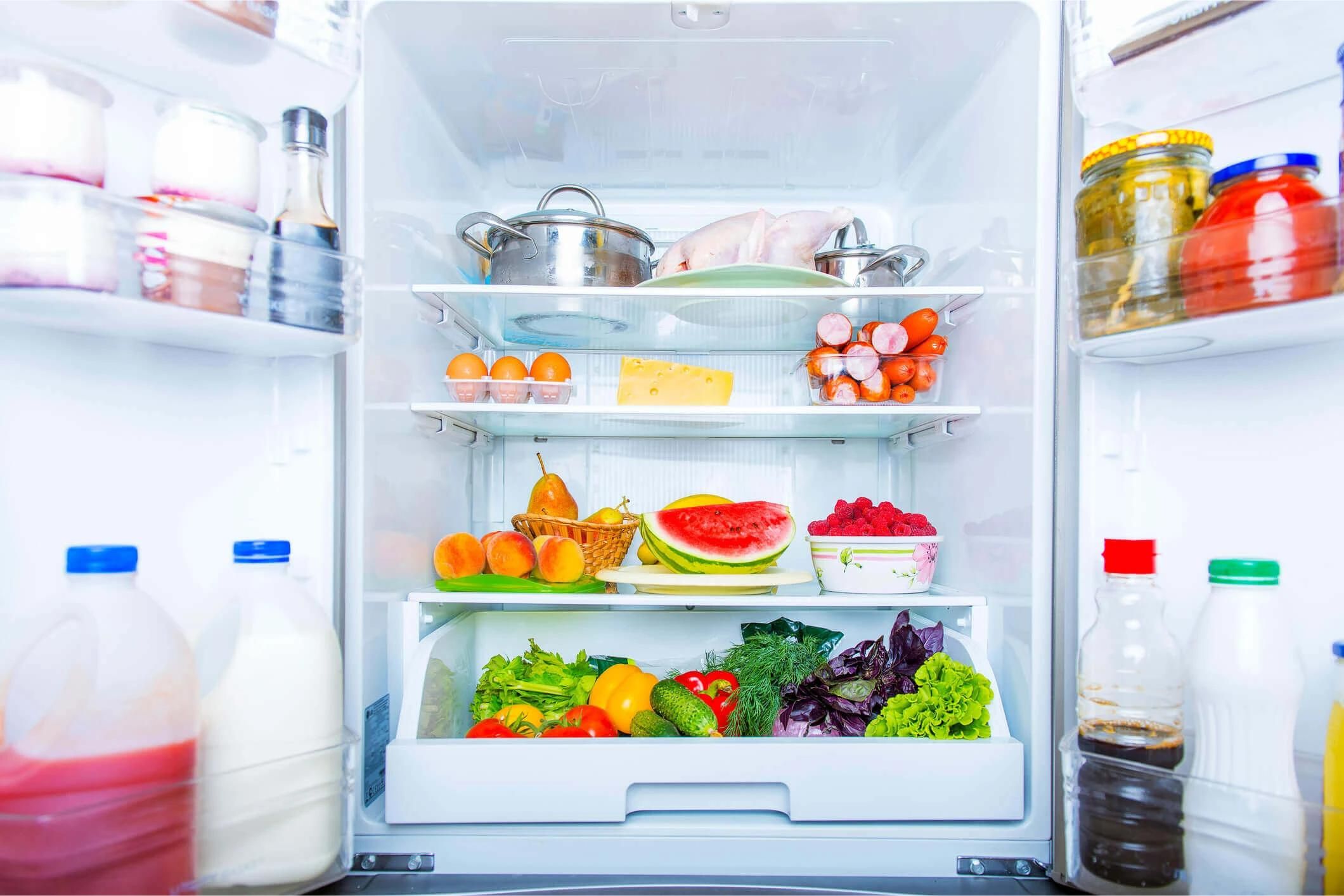
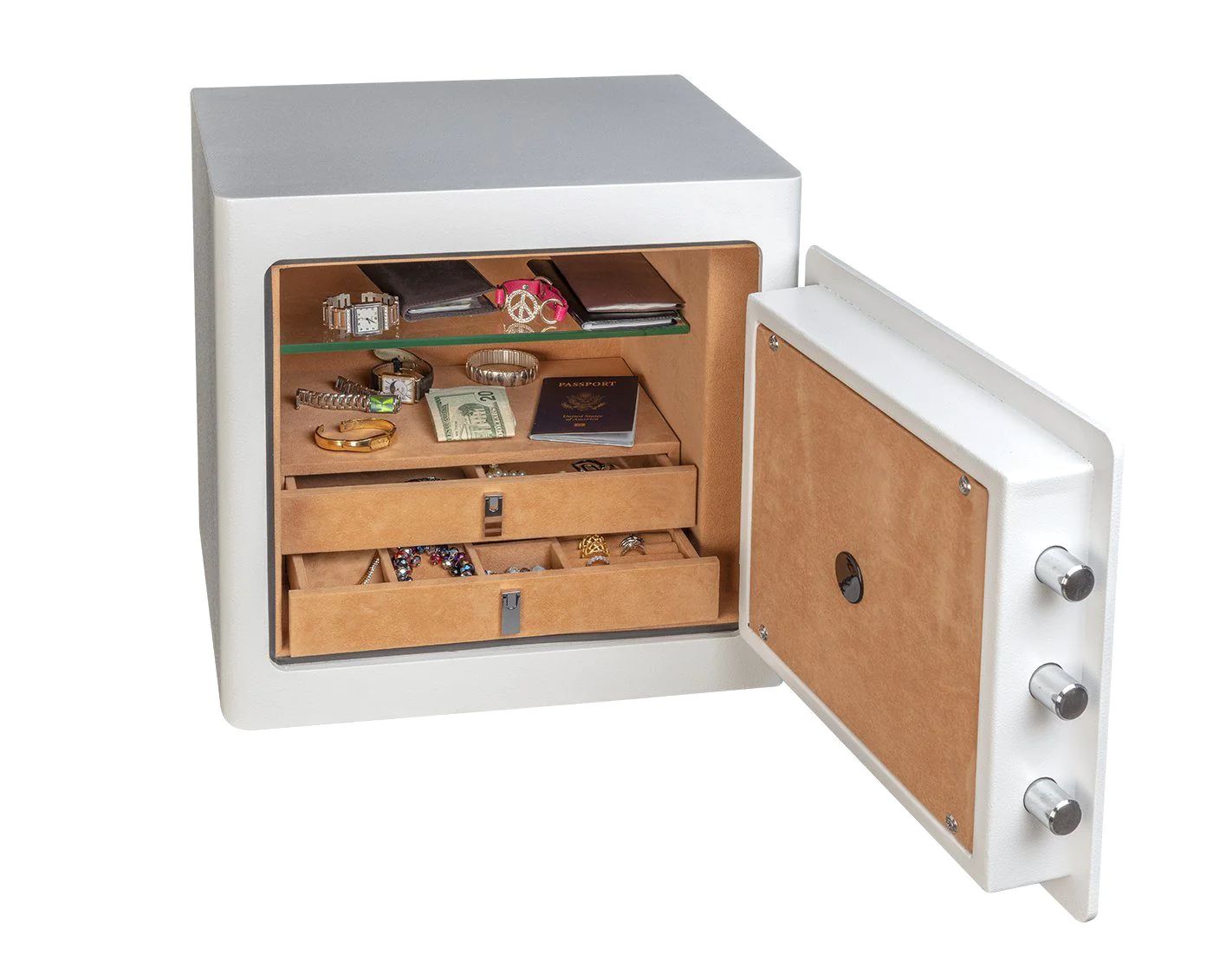
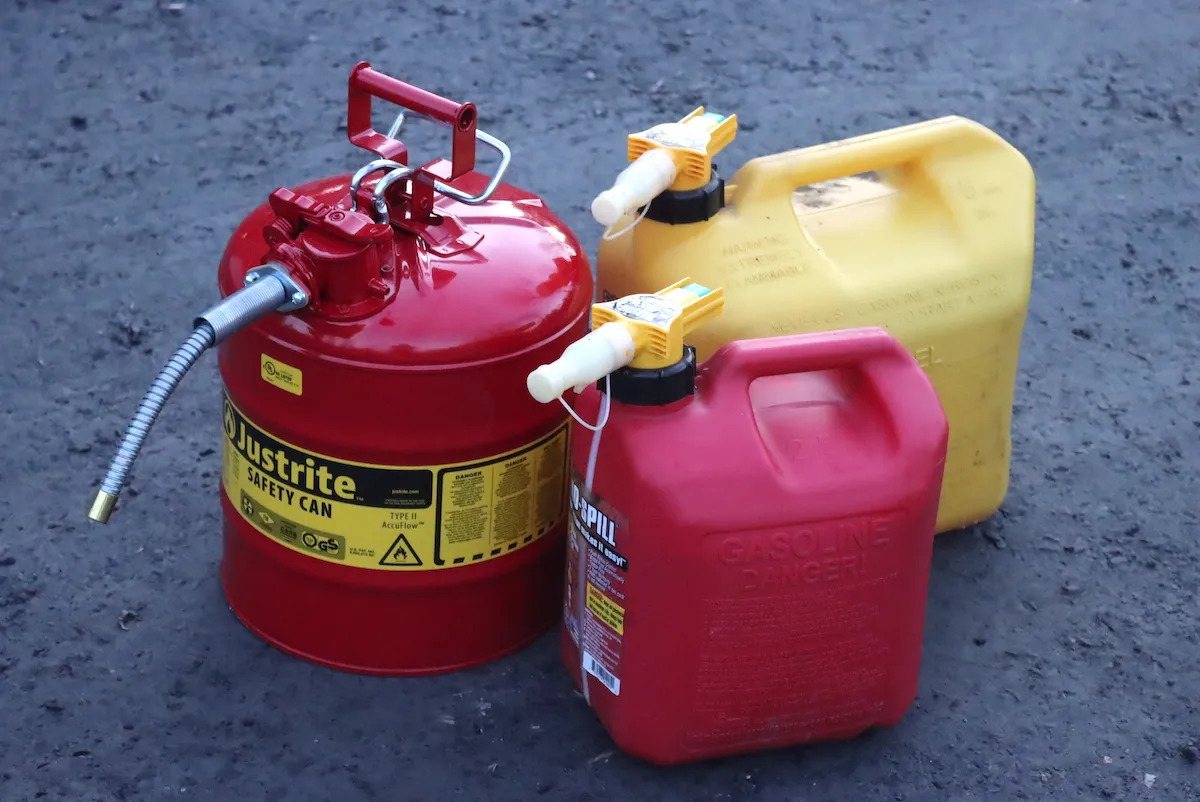

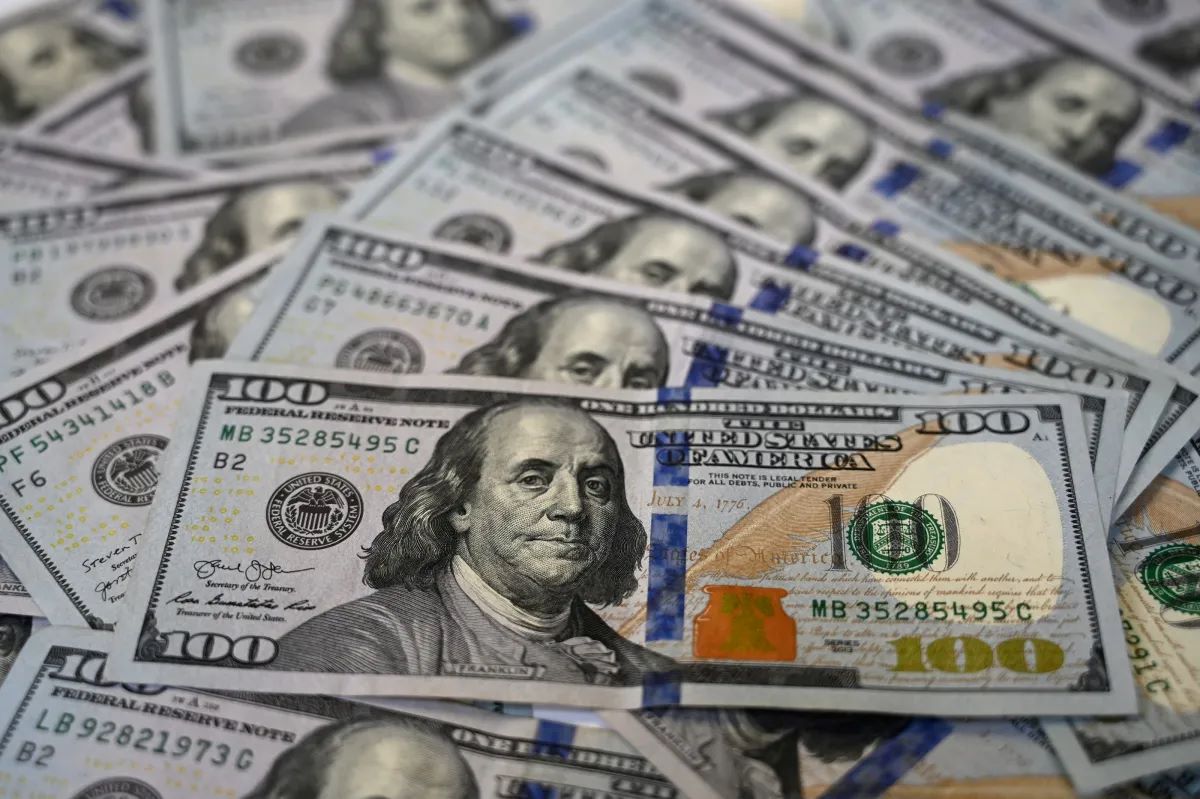
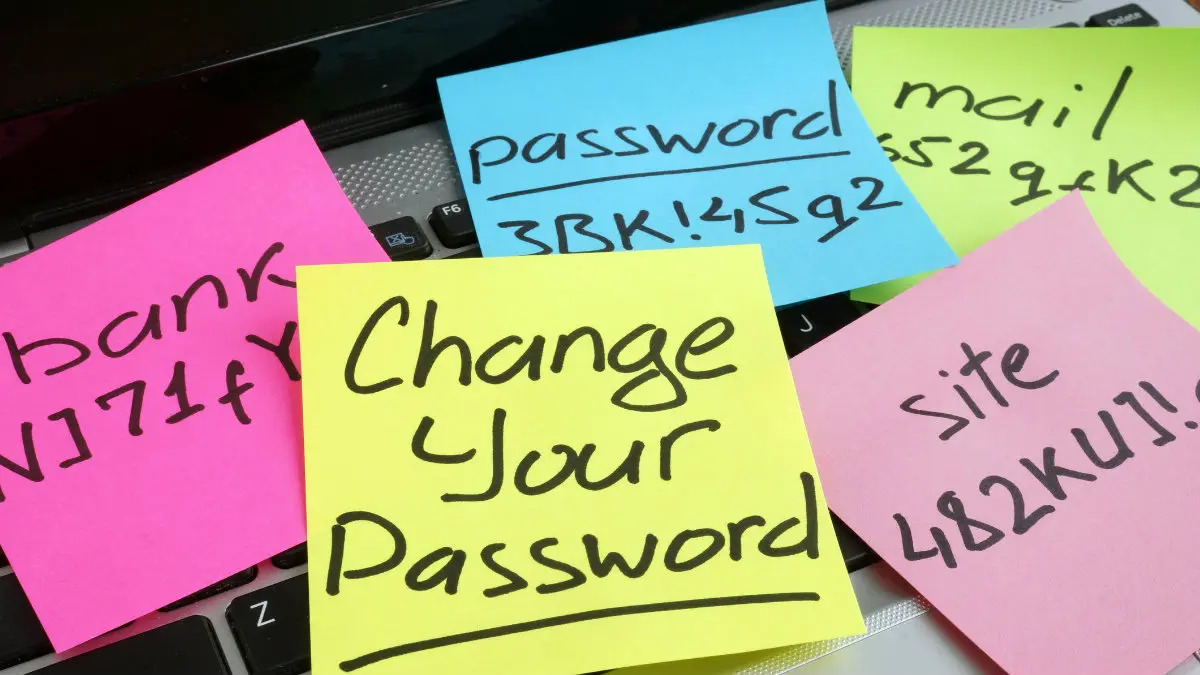
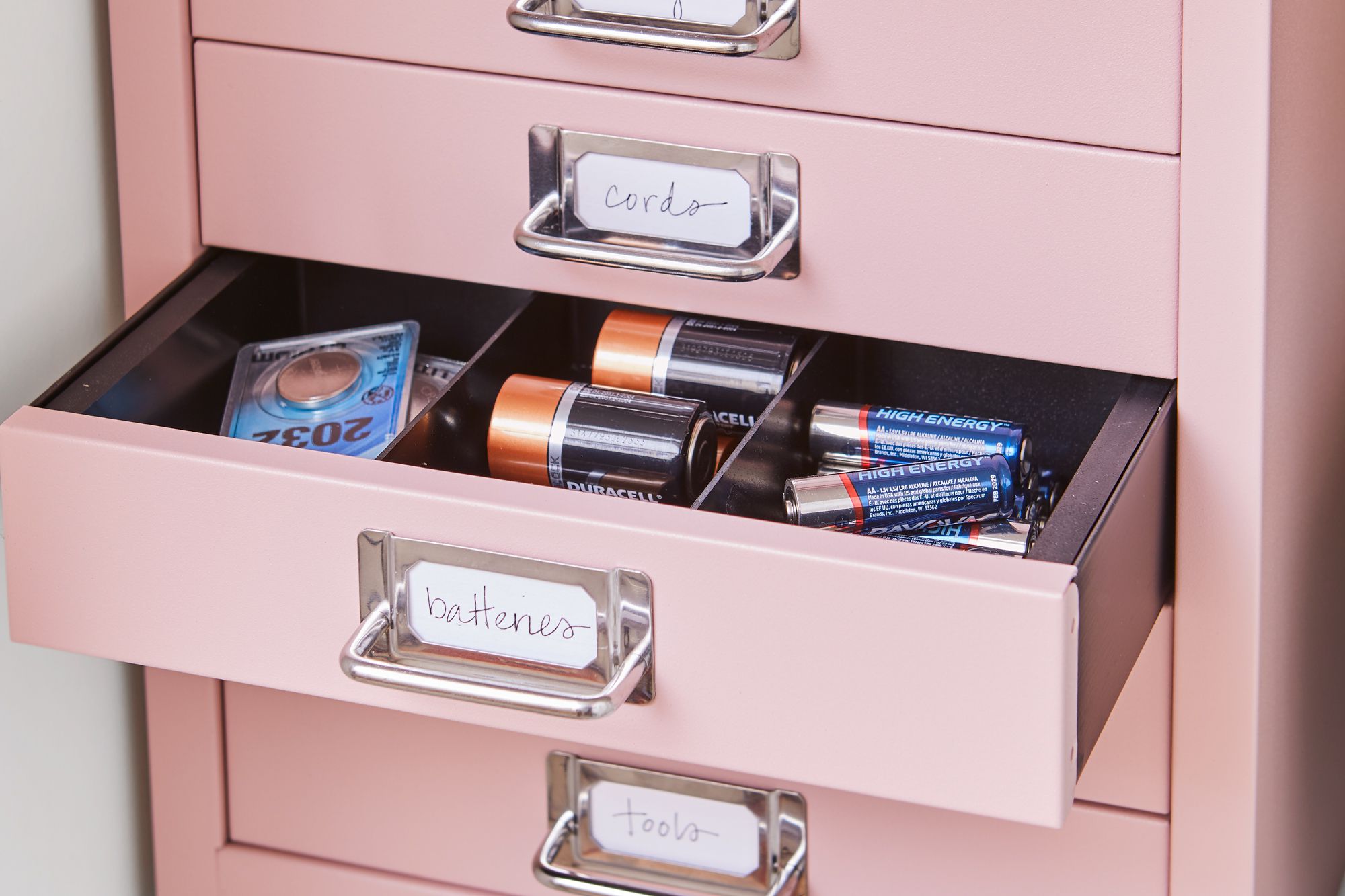
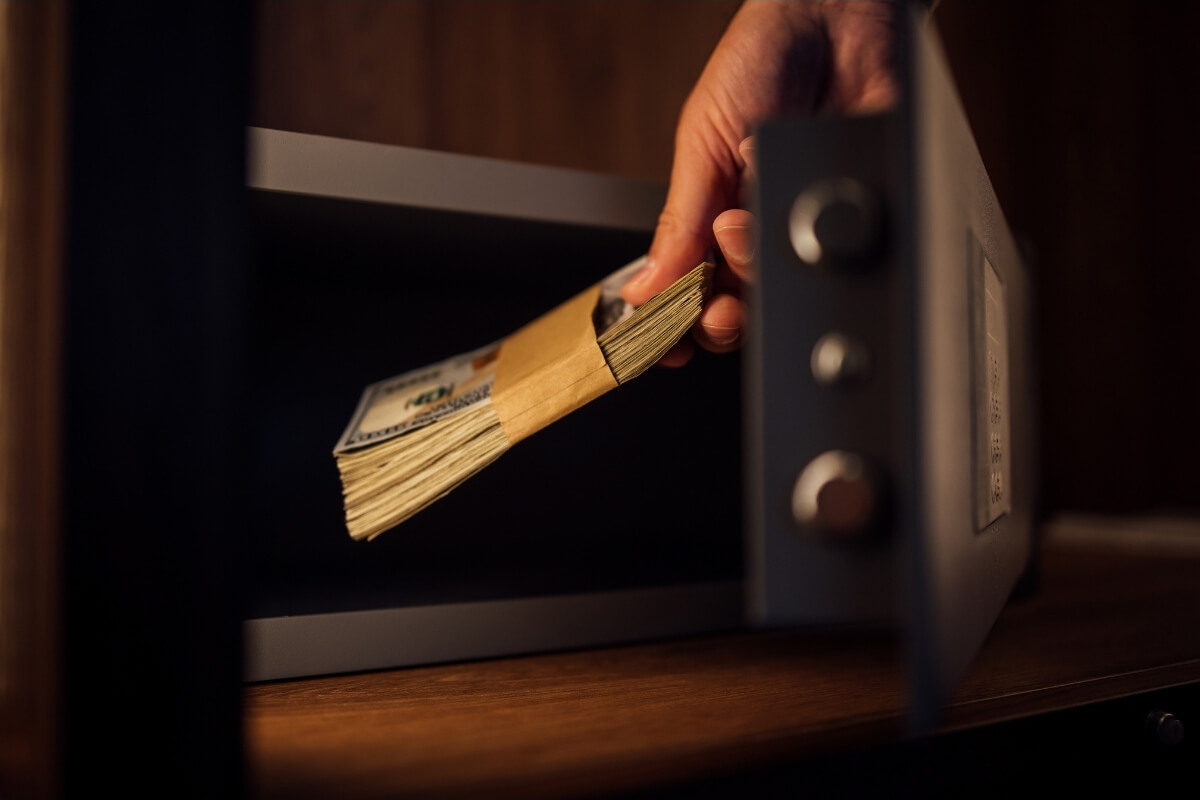
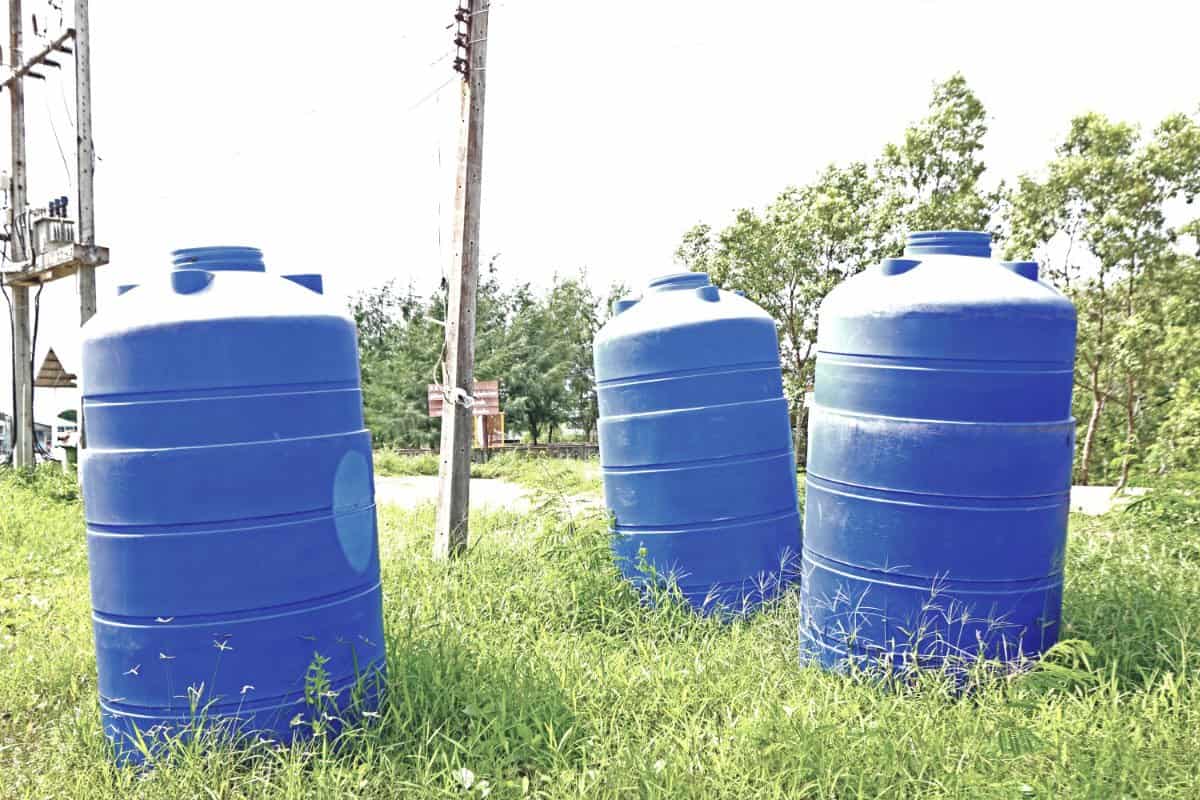
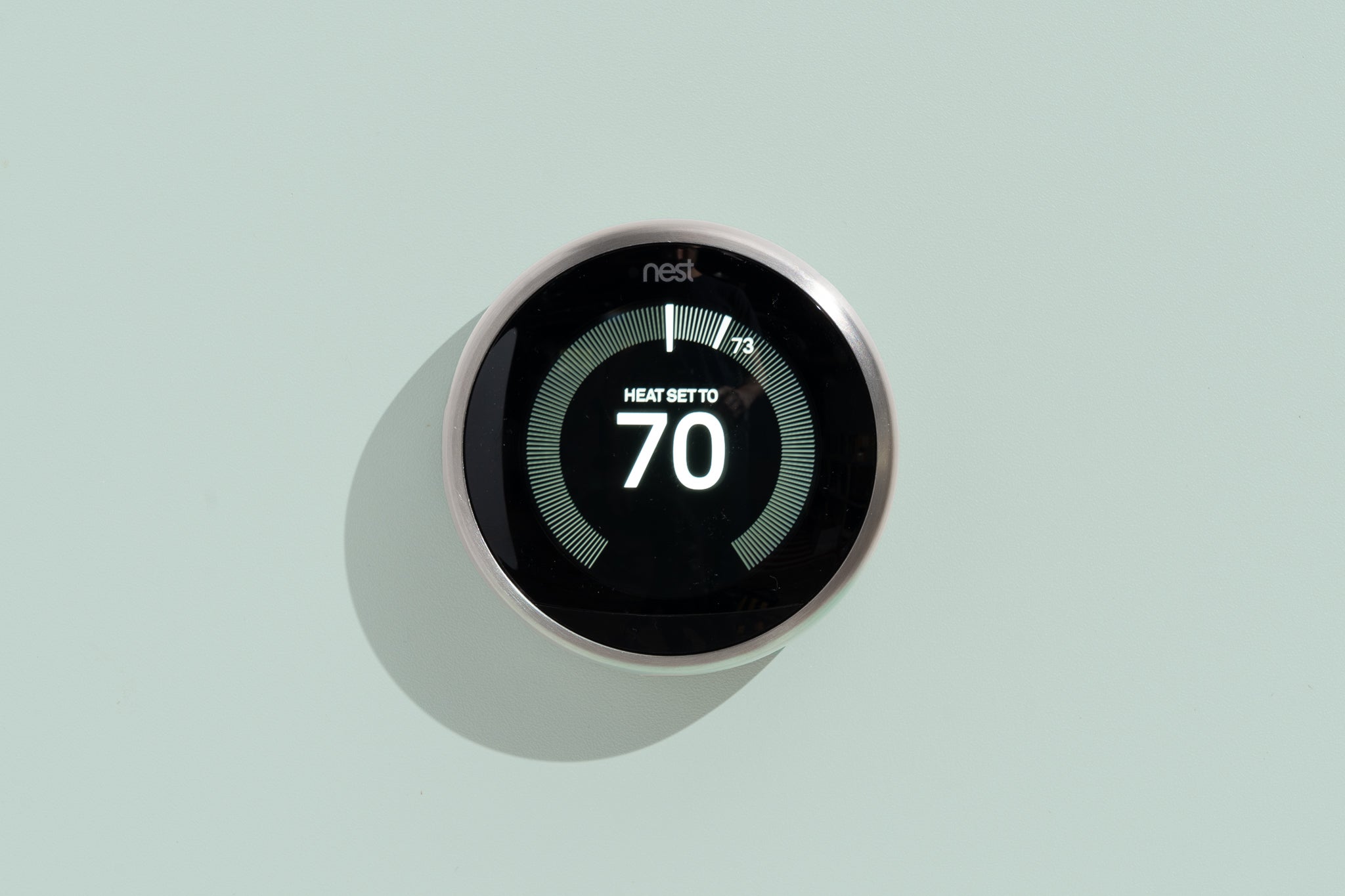
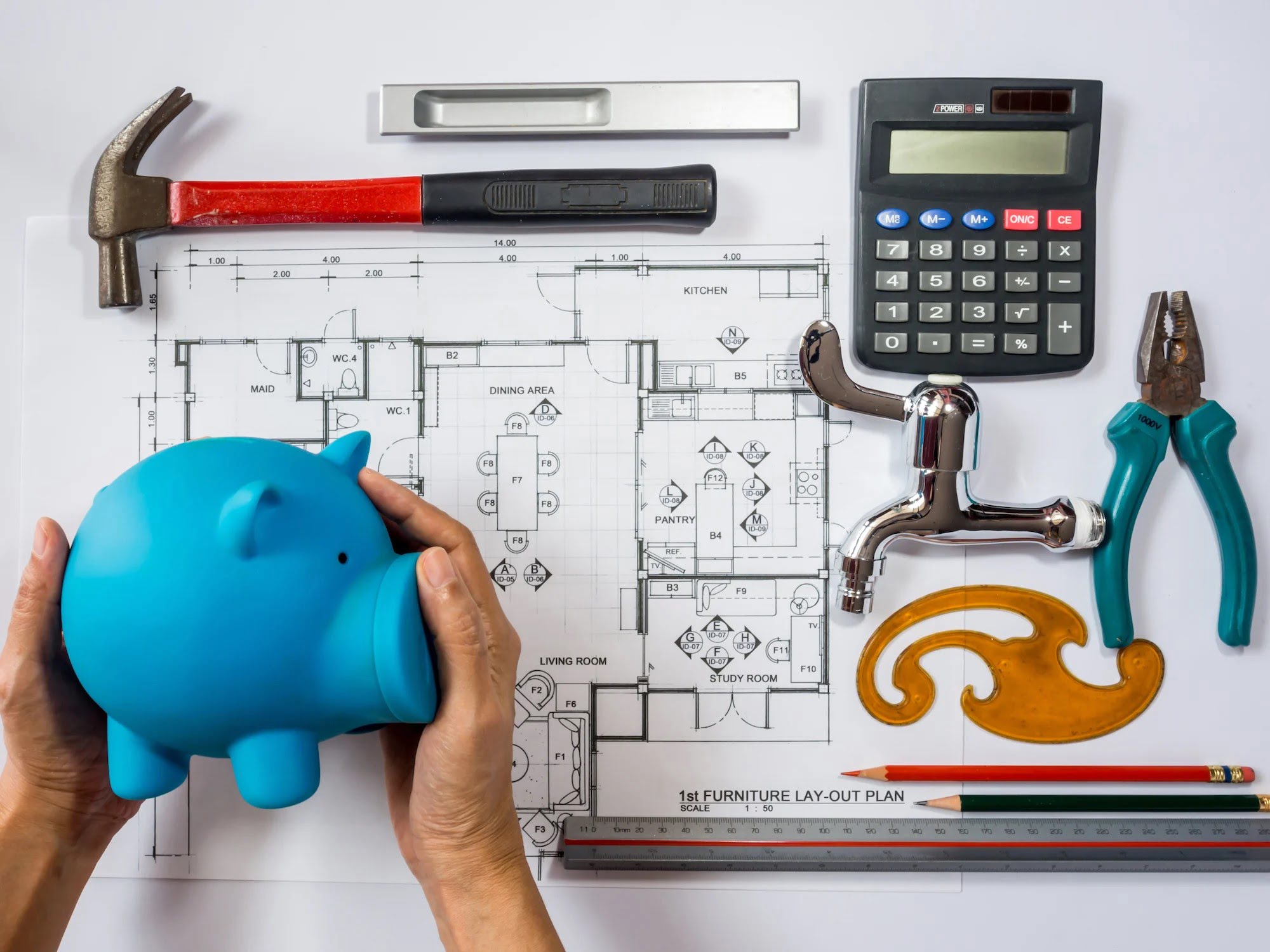

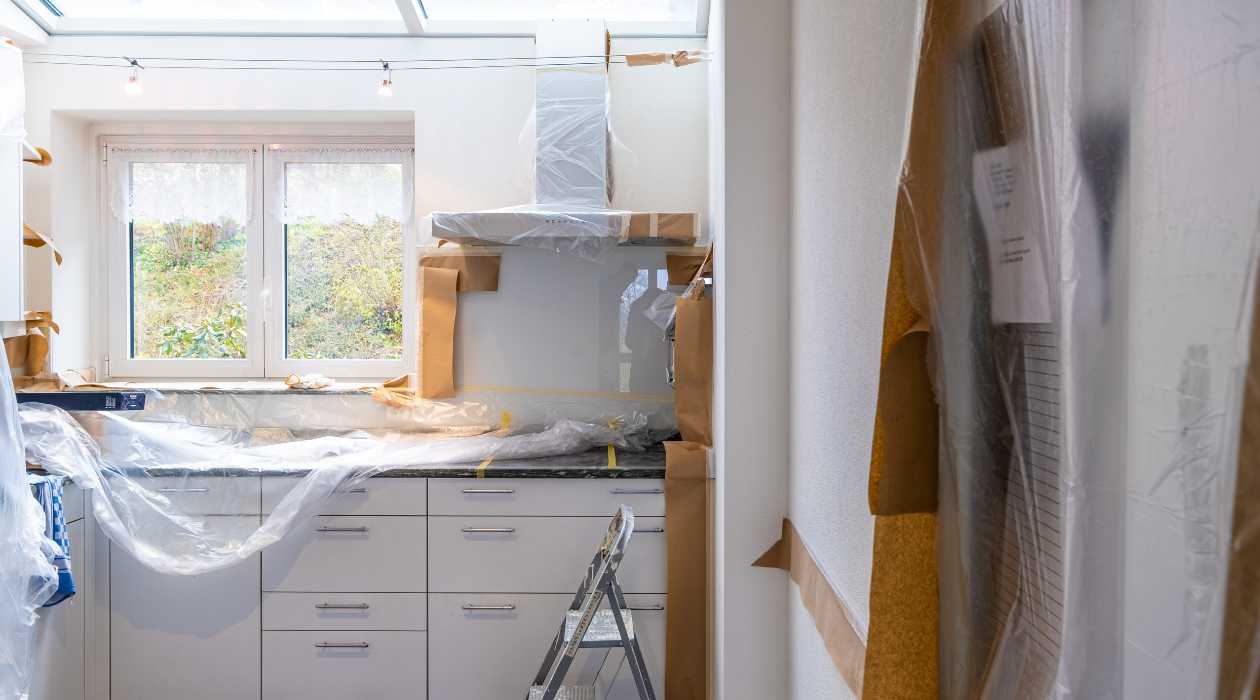


0 thoughts on “How To Store Money In A Safe”